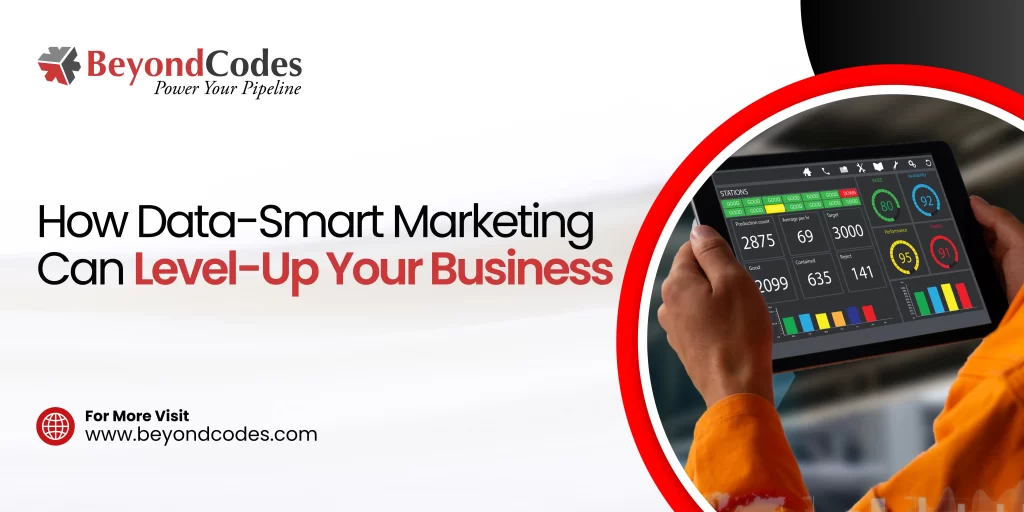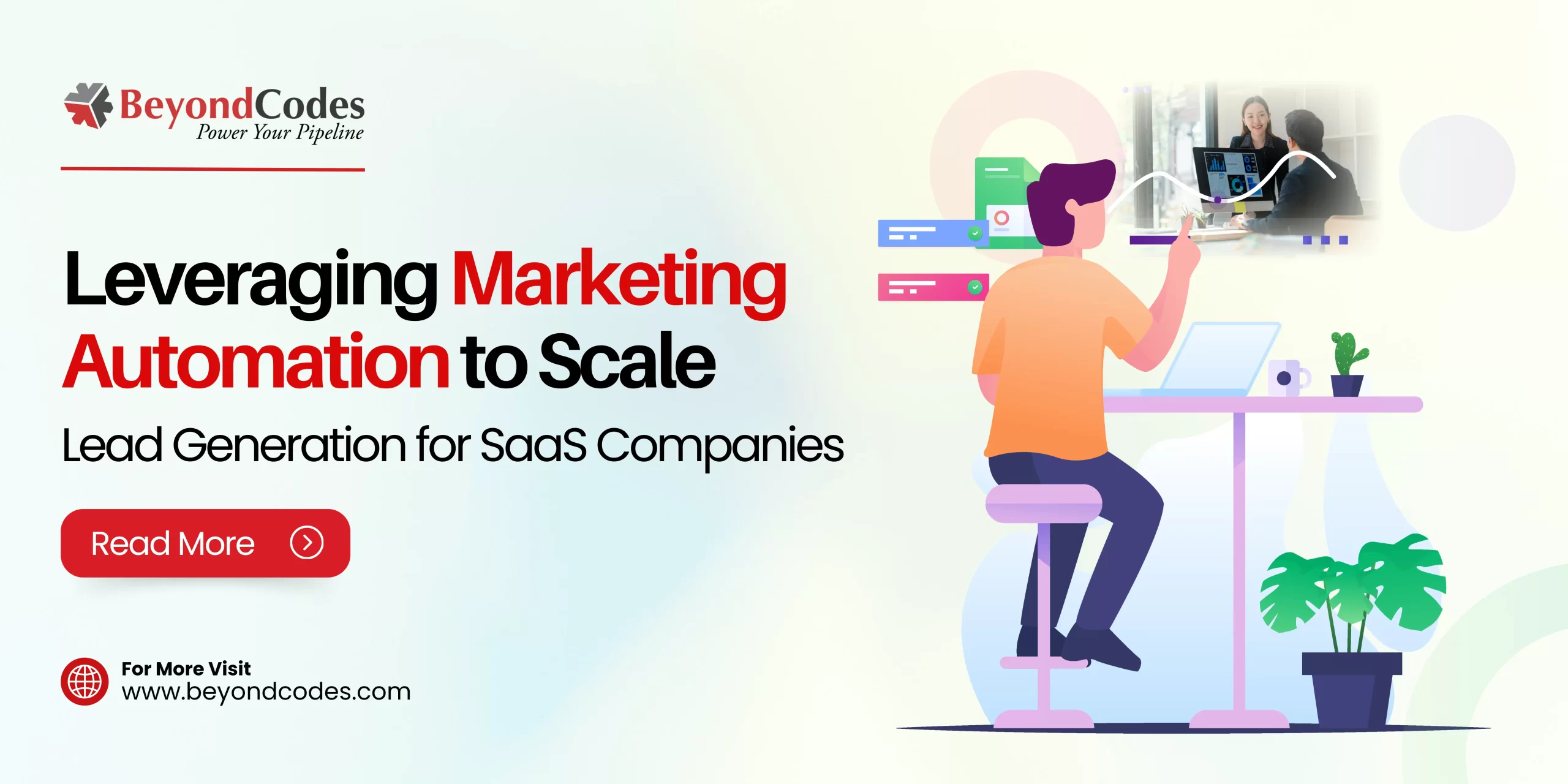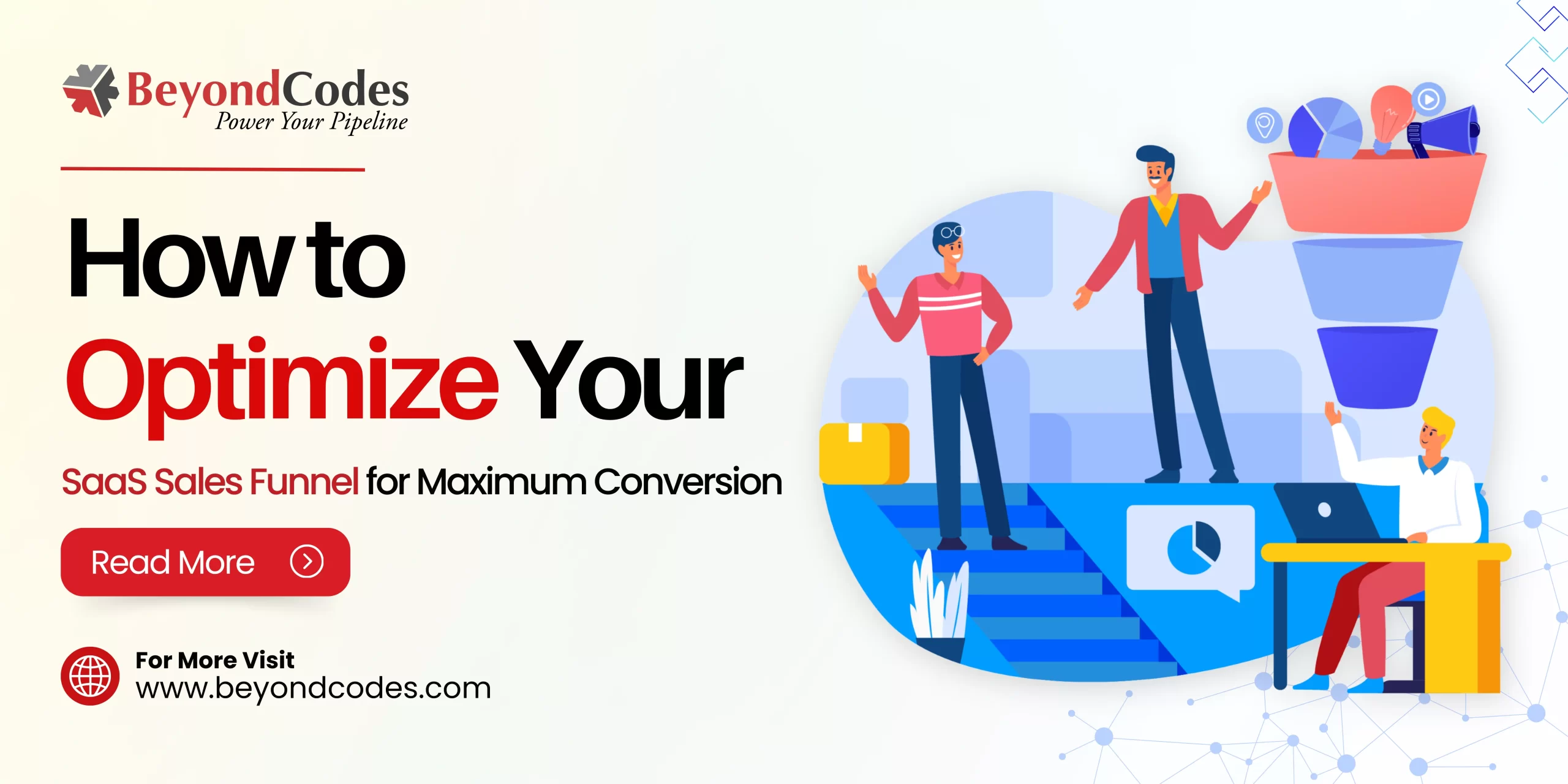Every time customers interact with your business, you have the opportunity to create invaluable data that can help your brand grow. To get the most out of this data, businesses everywhere have begun using data-smart strategies so they can make informed decisions about the most effective ways to interact with their customers.
In this guide, we’re going to introduce what data-smart marketing is, discuss a few advantages it has over other methods, and then share some tips about what building a data-smart strategy looks like.
Let’s get started.
What is Data-Smart Marketing?
Before we break data-smart marketing down into more understandable pieces, we should point out that this method is actually pretty simple. Despite all of the jargon, it has a lot in common with different forms of marketing that you may already be familiar with – just with a much stronger emphasis on data and the insights we can glean from them.
Essentially, data-smart marketing is a strategy that leverages customer information to communicate your brand with your target audience more effectively. Since most of the marketing ultimately depends on (1) figuring out what people need and (2) convincing them that you can fulfill that need, this probably isn’t a foreign idea.
The big differentiator between data-smart marketing and other methods is the degree to which it relies on data to understand the audience, predict their needs, and deliver personalized solutions to them.
If this sounds a lot like data-driven marketing, that’s because they’re both very similar. However, data-smart marketing has a stronger emphasis on making choices where the data “end.” While data-driven strategists might only act on what they know, marketers using data-smart merge the intuition-based marketing strategies of old with cutting marketing techniques to stay ahead of the curve.
The larger implications of this will become clearer as we talk about some of the benefits you can expect from this approach, which we’ll do next.
How Data-Smart Marketing Gives You an Edge?
So, we know that data-smart marketing uses what you already know about your audience to more effectively communicate with them – but what does that look like?
An obvious example is a personalization – tailoring the marketing message and medium to the demographics and desires of your target audience. With data-smart marketing, you can use data to increase the granularity of personalization, letting you deliver more timely and relevant communications to smaller and more nuanced segments of people.
Being able to see how these segments of your audience interact with your communications produces even more data, letting you further personalize them to see what works best and what doesn’t.
Ultimately, these insights can lead to huge boosts in your ROI. According to research by Invesp, data can increase your ROI by 5-8 times, result in higher conversions and earn you more customers. More effectively communicating with consumers can also give you more control over how you brand your company and your ability to encourage customer loyalty and retention.
The report by Invesp also found that 83% of marketers who exceeded their revenue goals were using personalization techniques and that a whopping 88% of marketers have begun to obtain data from third parties to enhance their understanding of their customers.
Building a Data-Smart Strategy
To begin building a solid data-smart strategy, you need three things:
1. Data
2. A way to compile them
3. And a way to analyze them
When it comes to finding data, you can never have enough. Though your website analytic tool, customer relationship management (CRM) program, social media profiles, and plenty of other platforms can be packed with useful information, making educated decisions based solely on your own business’ performance isn’t enough.
You need to mix it in with information about higher-level trends to really get a sense of how you’re functioning and where you can improve. Essentially, data in isolation loses its luster – it needs to be contextualized with other datasets. This is where things get a bit thorny, and building a data team or seeing data consultants can really pay off.
Once you’ve found a great data gathering solution, you’re ready to start making some educated decisions based on it. At this point, you’ll want to start setting quantifiable milestones so you can gauge your progress toward your marketing goals, recording what choices work most effectively.
For instance, you might launch a marketing campaign to increase customer loyalty. In this case, you’ll want to ensure that you have a way to quantifiably measure the effect that this campaign has on customers. If one of such measures involves using a survey to record customer feelings about the brand, then you want to assimilate these data in with the rest of your data sets to see how it compares to other trends.
This information could give you plenty of actionable insights about ideal next steps, but it can also be used to make educated high-level decisions that the data may “point to” but not directly validate (that age-old intuition method that we mentioned earlier).
This is an important practice to understand because, though a report by Google/Econsultany found that 2 out of 3 marketers believe that data-based decisions are better than gut-decisions, sometimes large datasets still come to no definitive conclusions. In such a case, intuitively evaluating data can go a very long way.
In this way, implementing data-smart marketing strategies gets the most out of your data and keeps your company moving up for the long road ahead.







